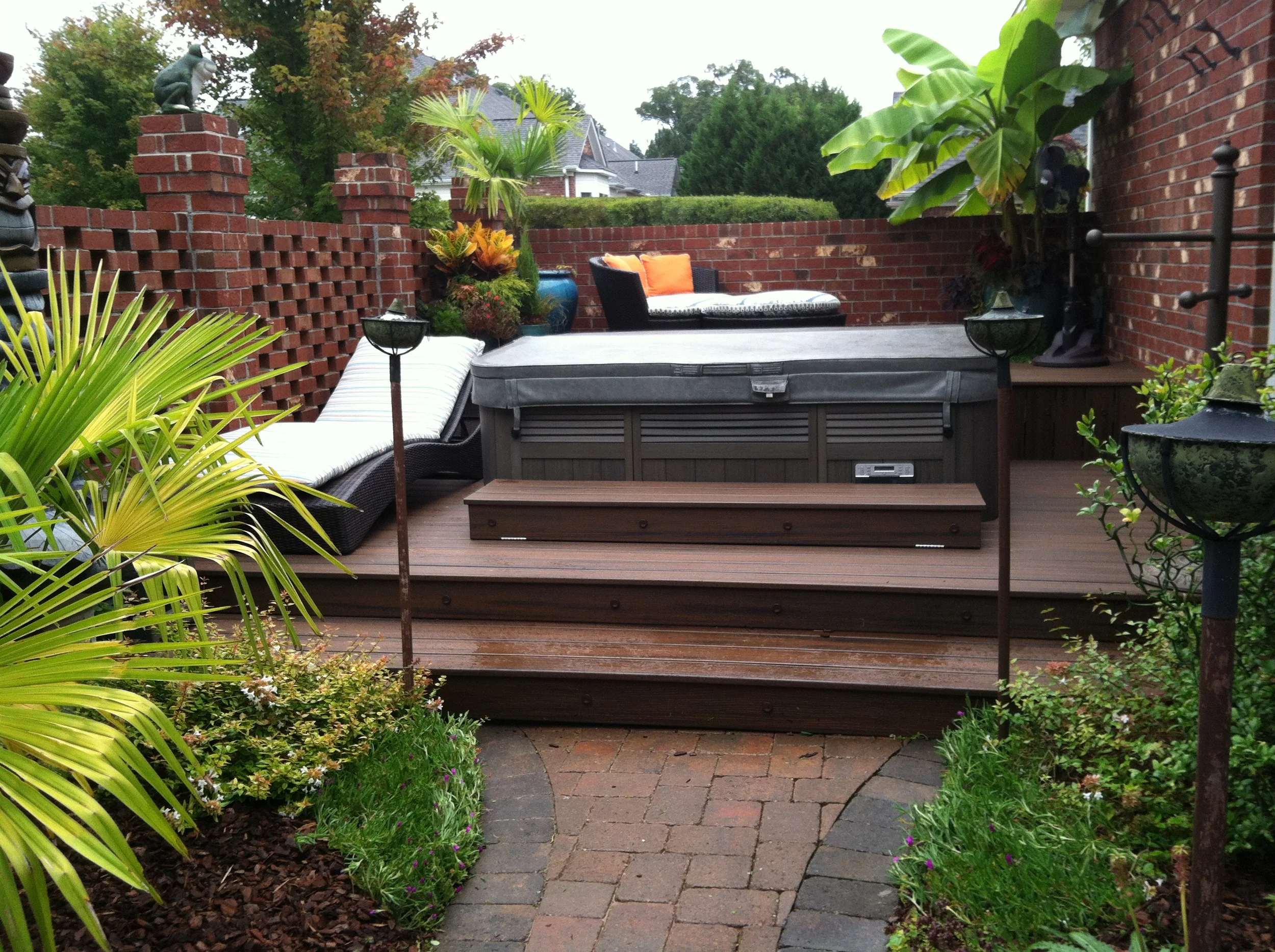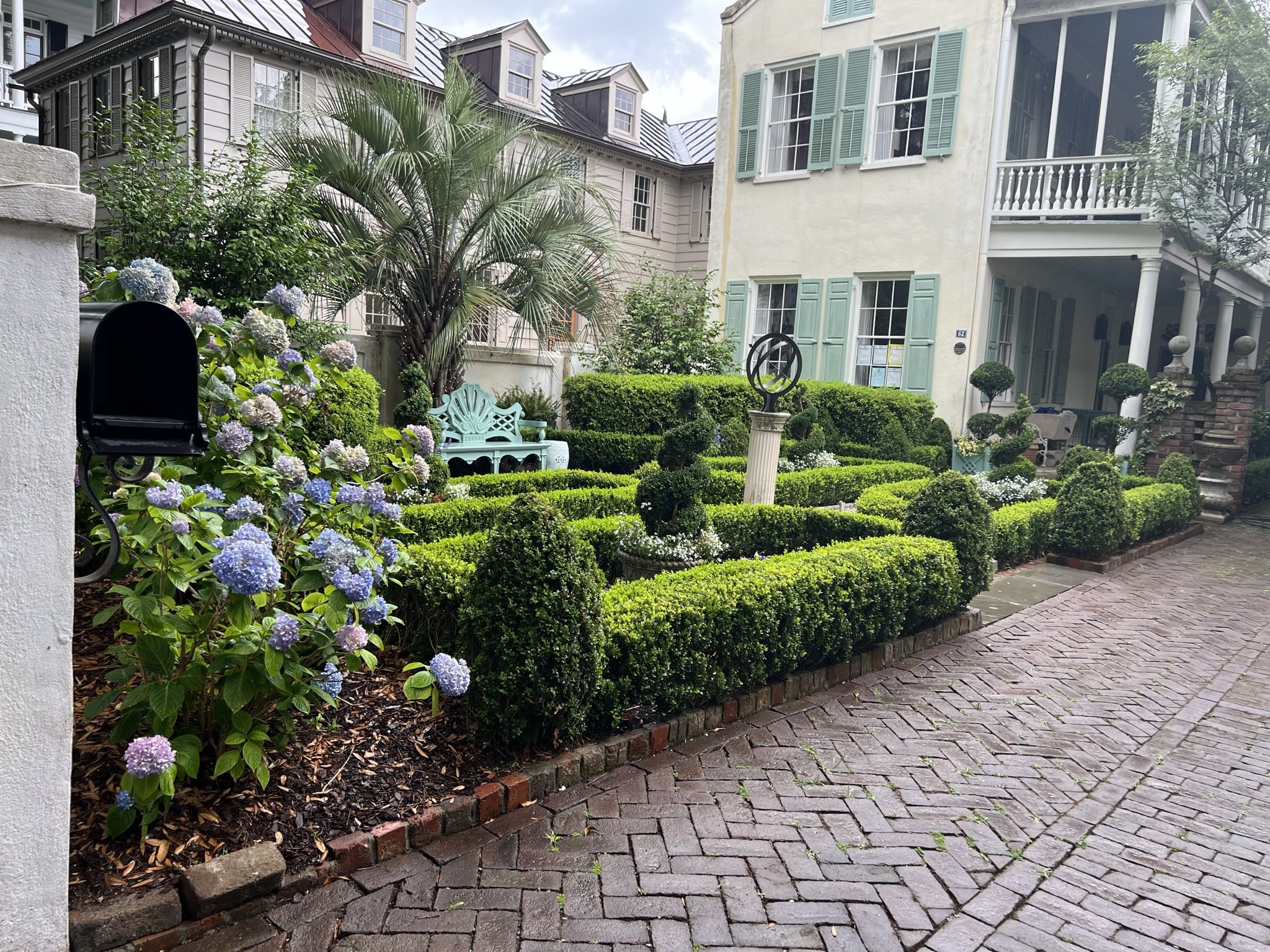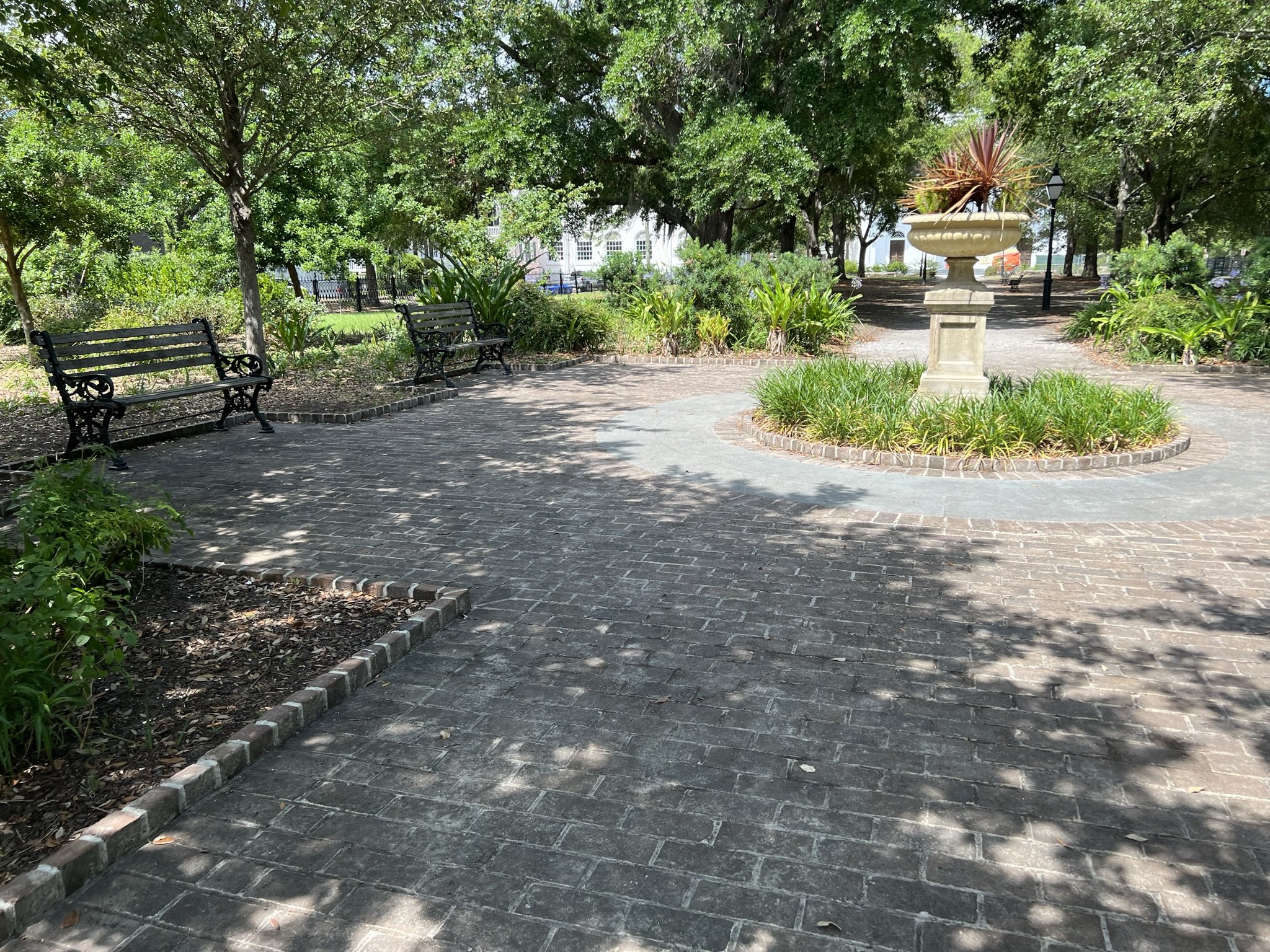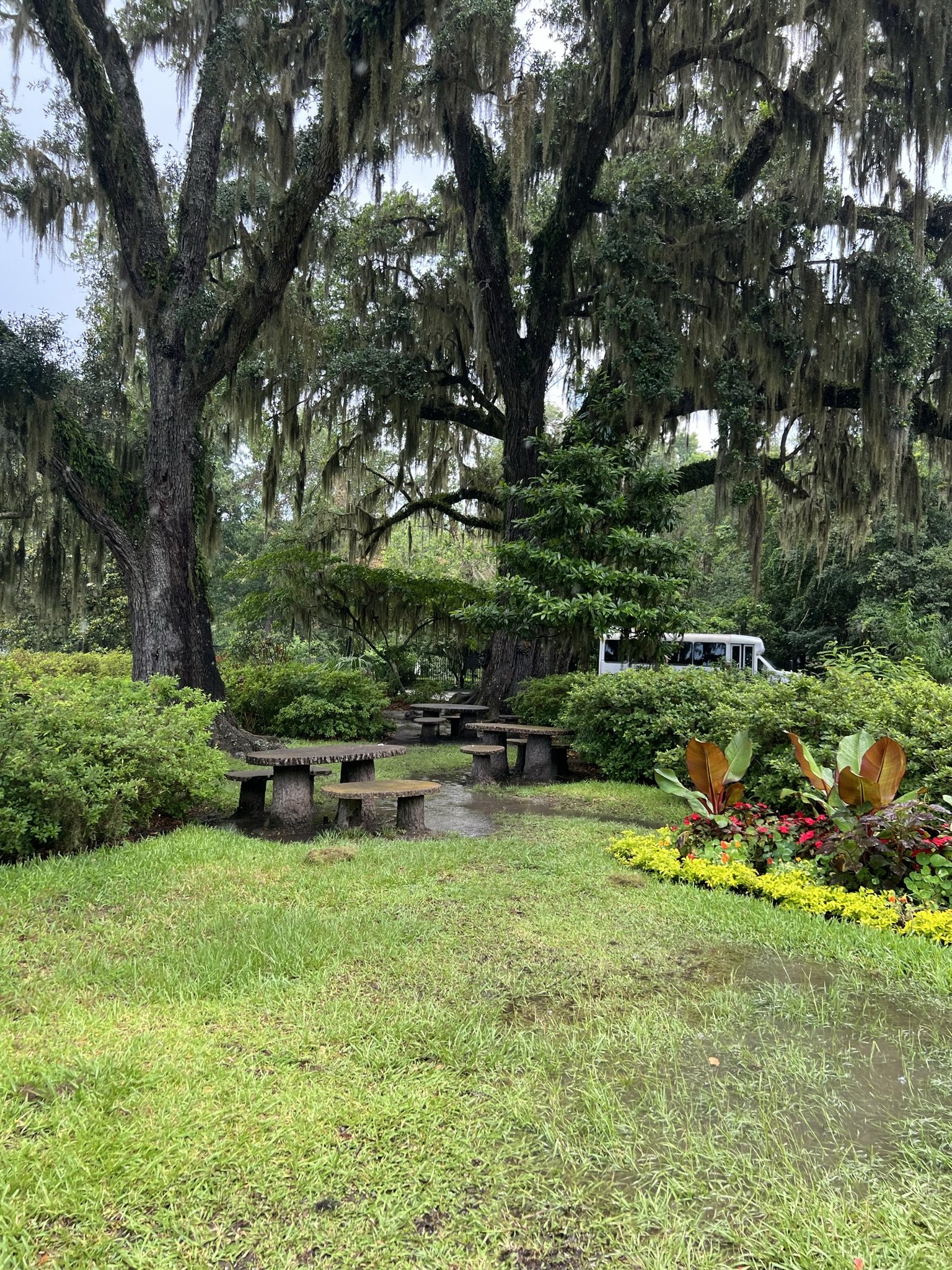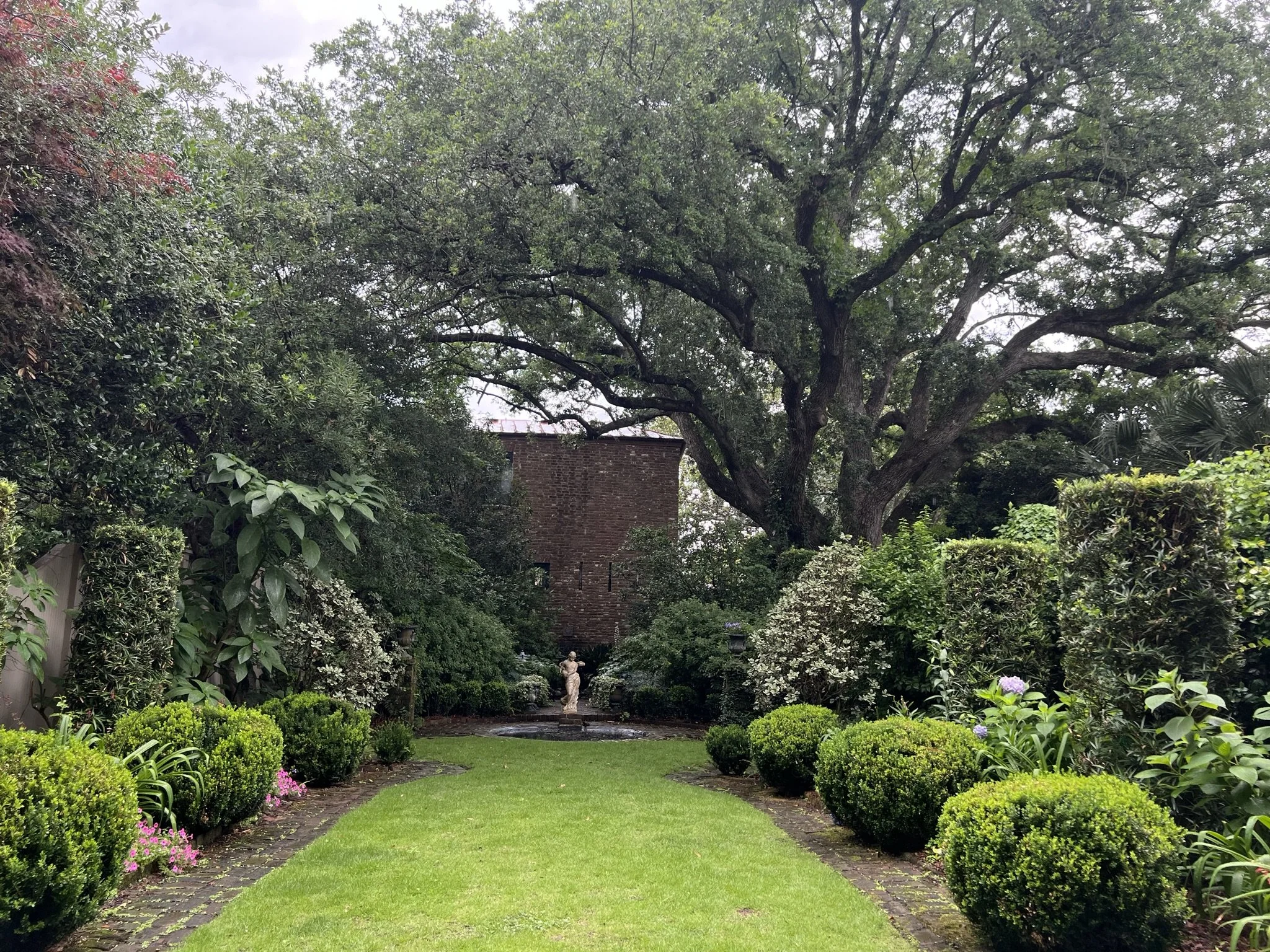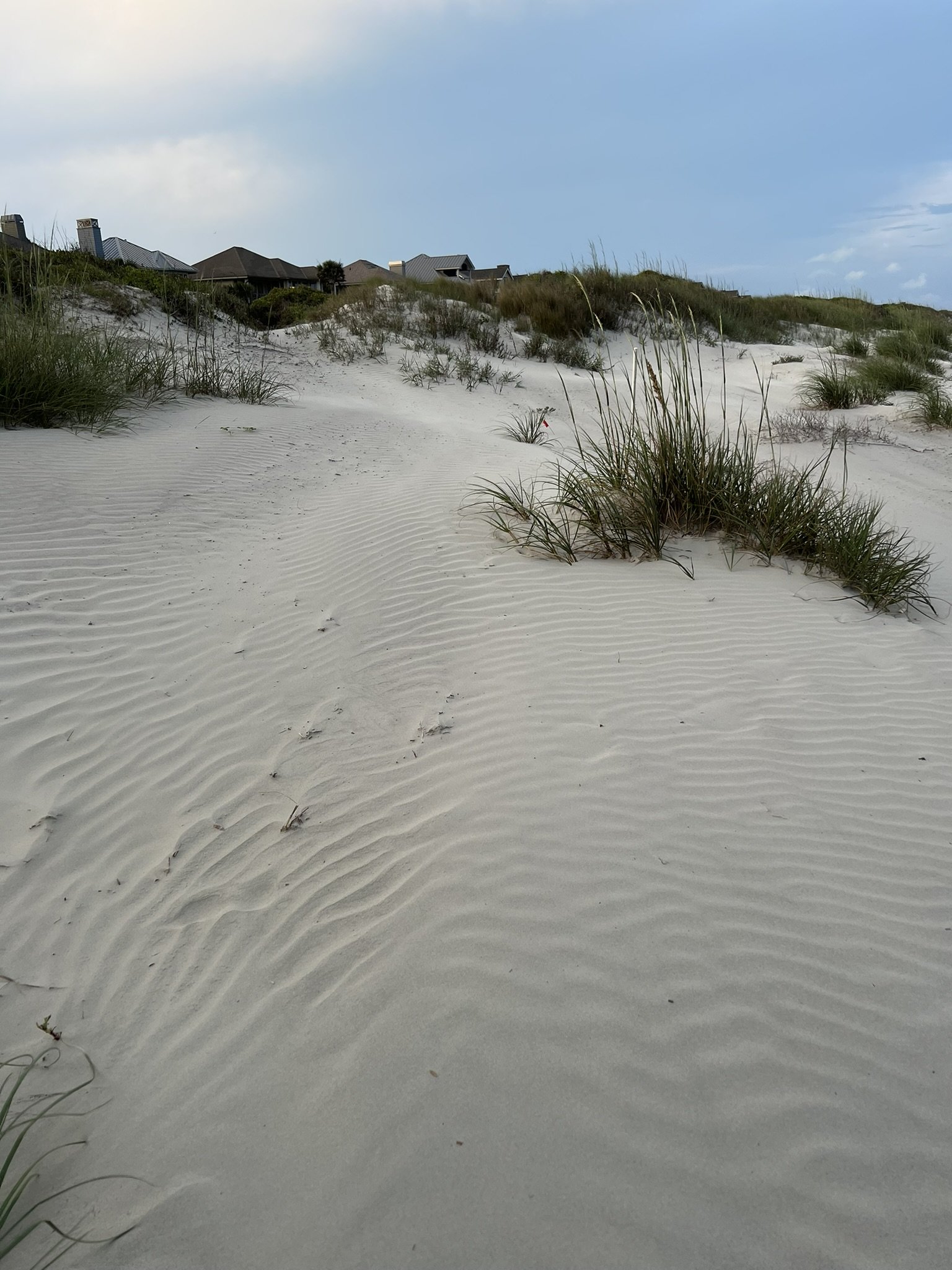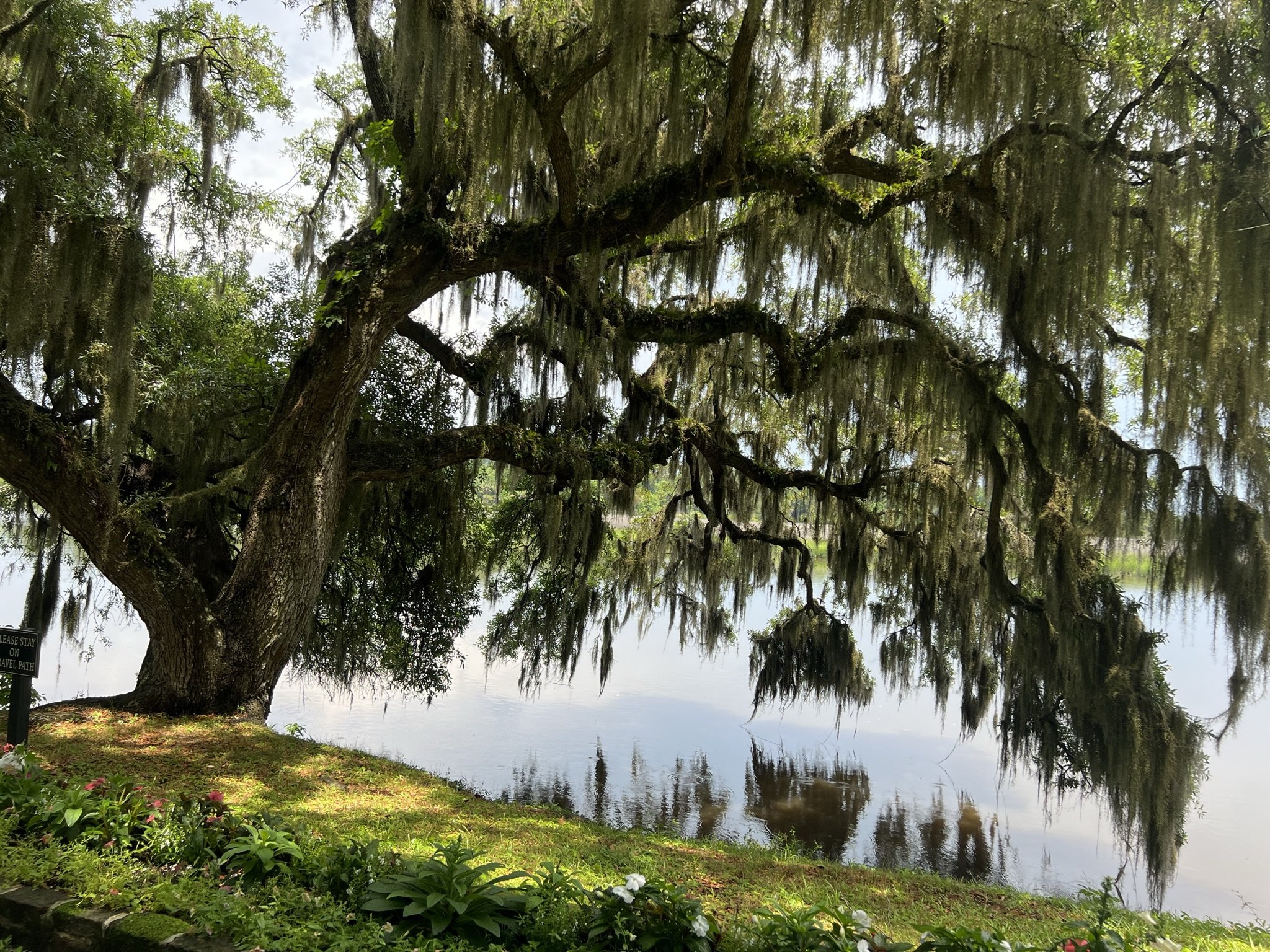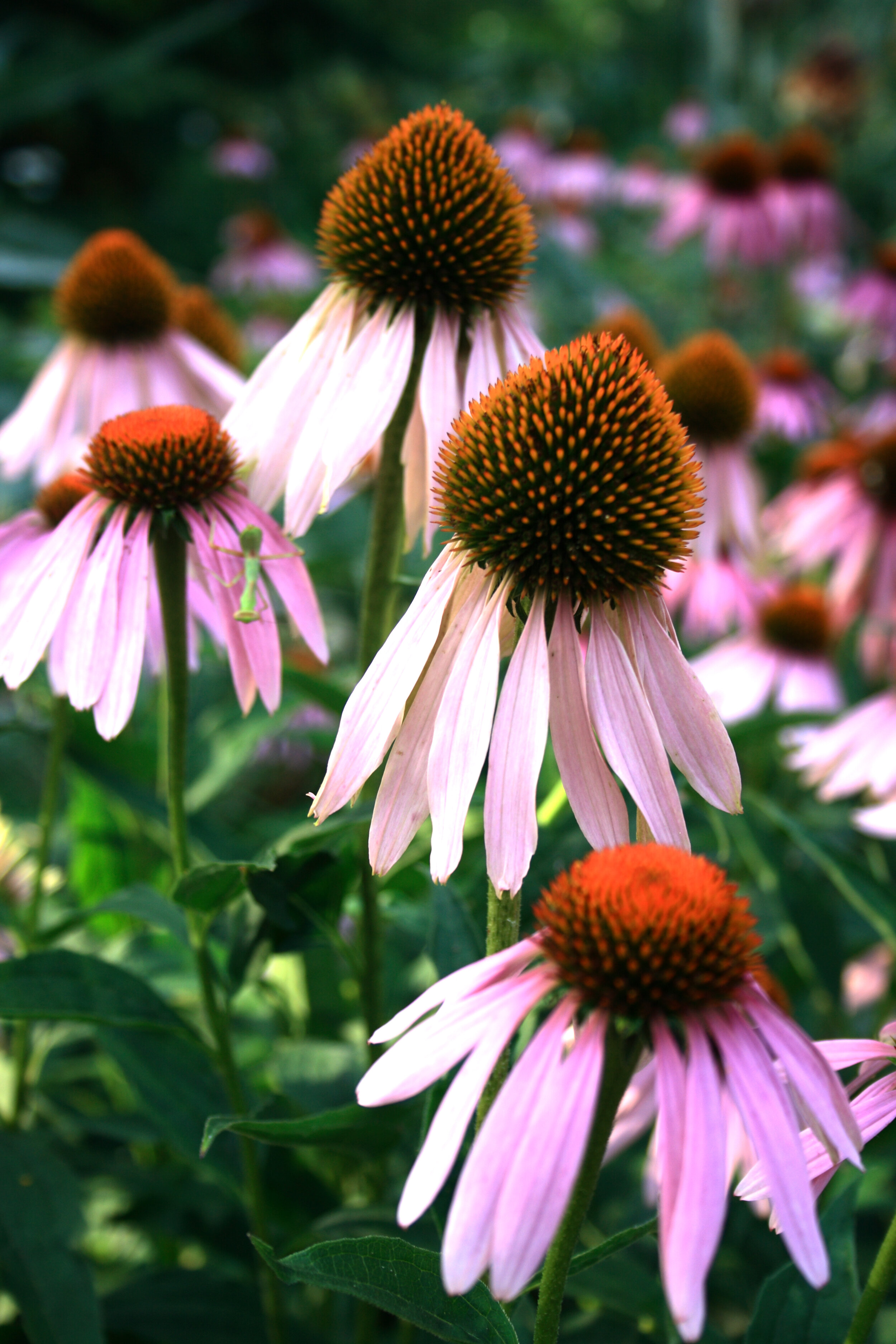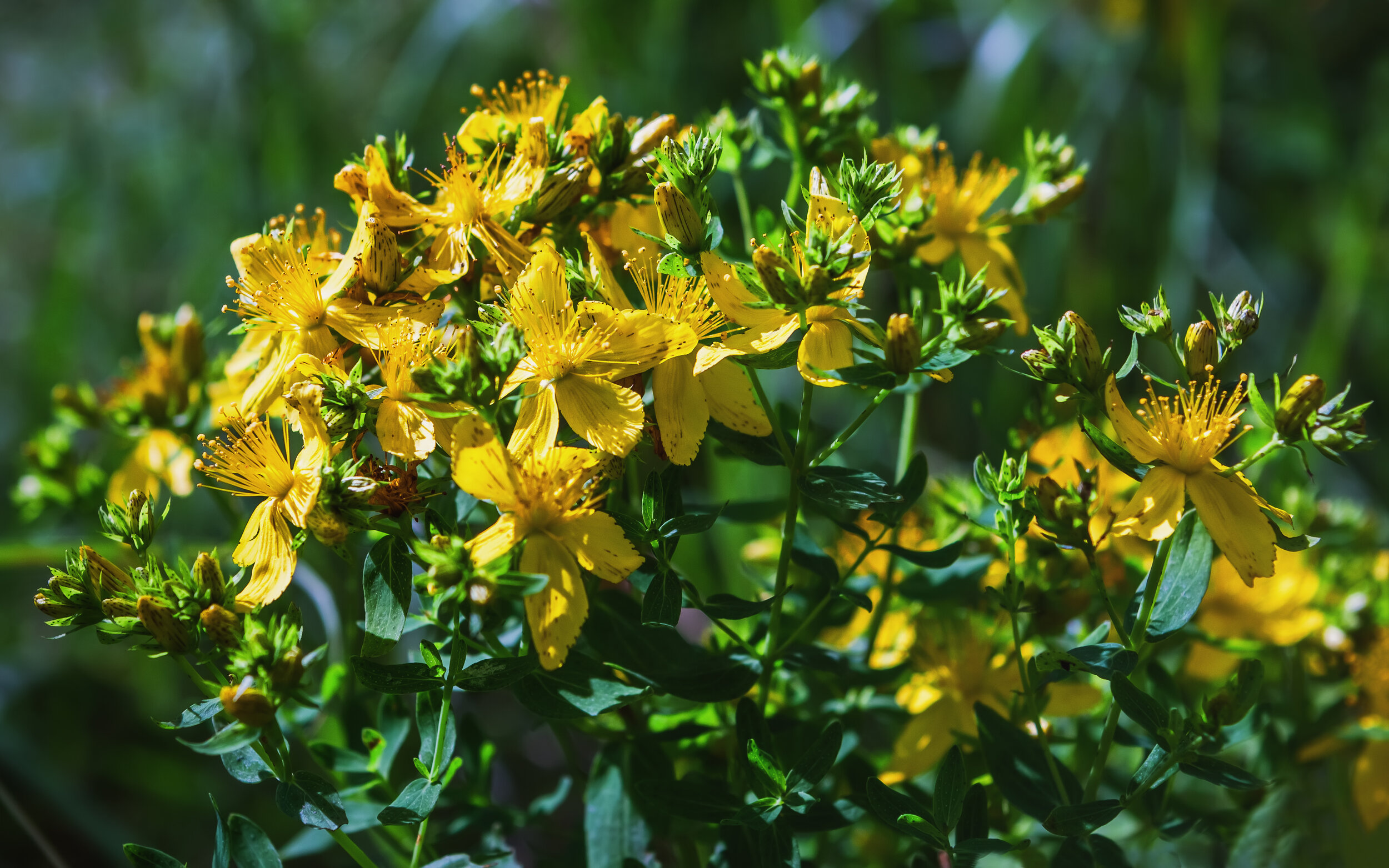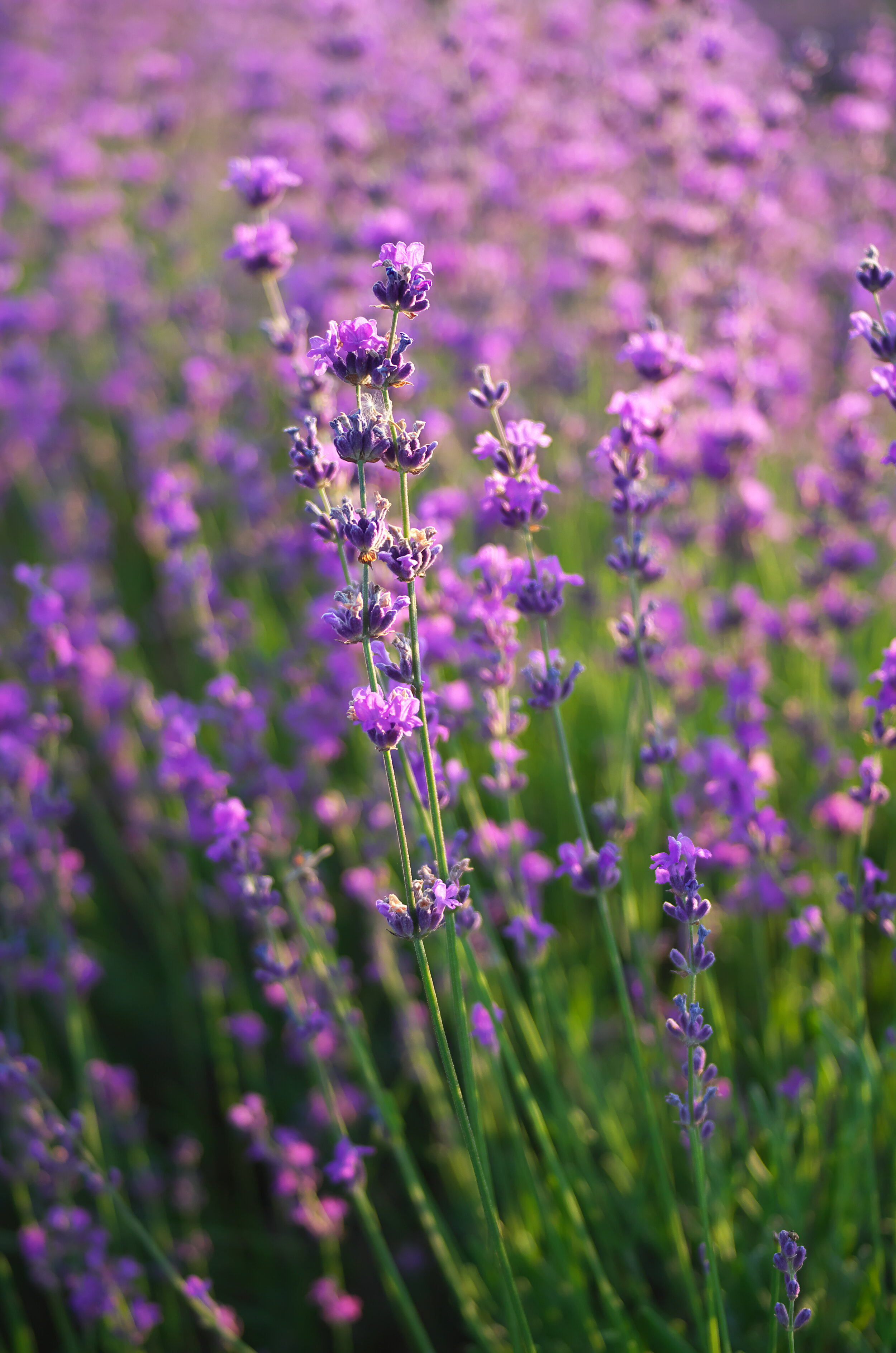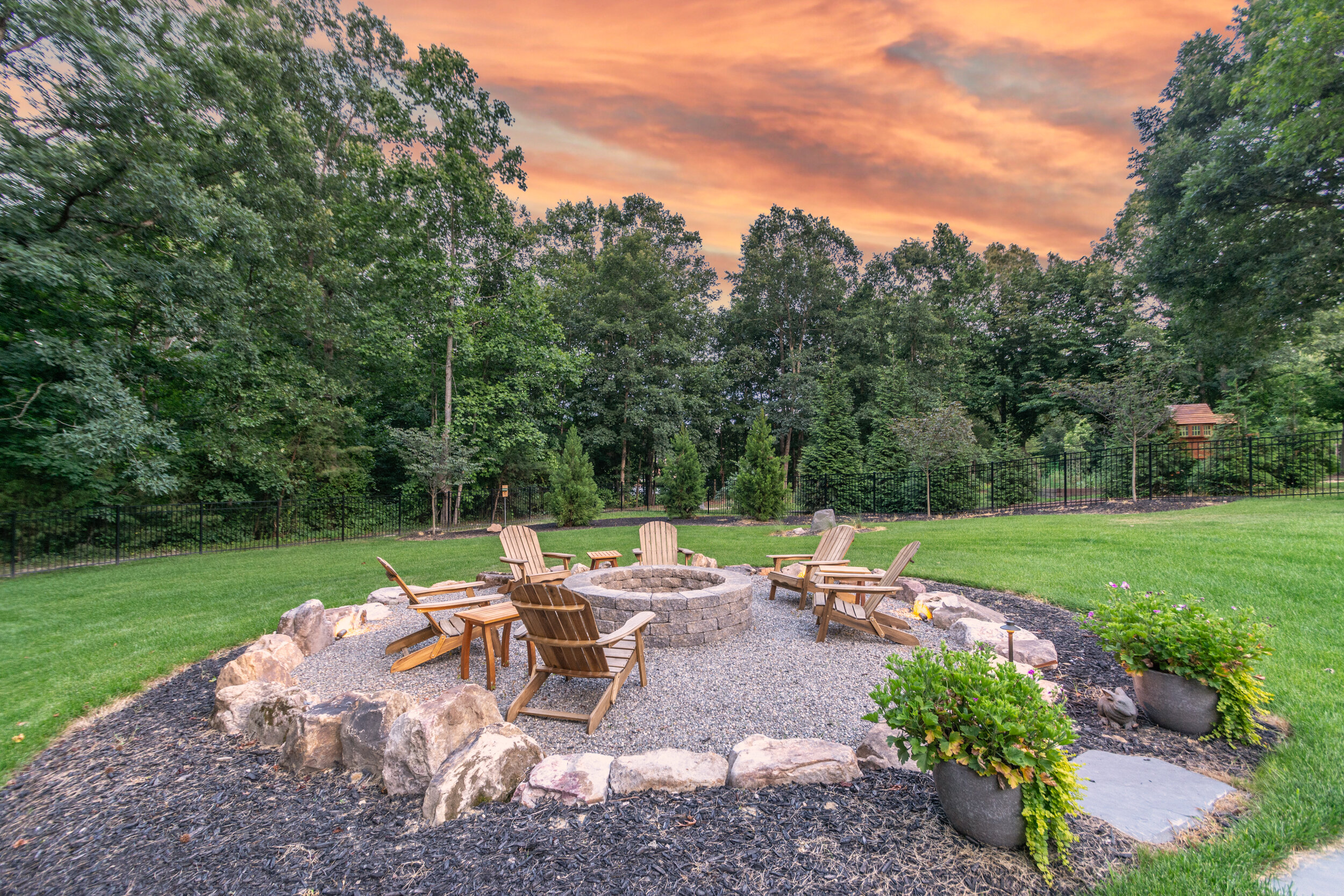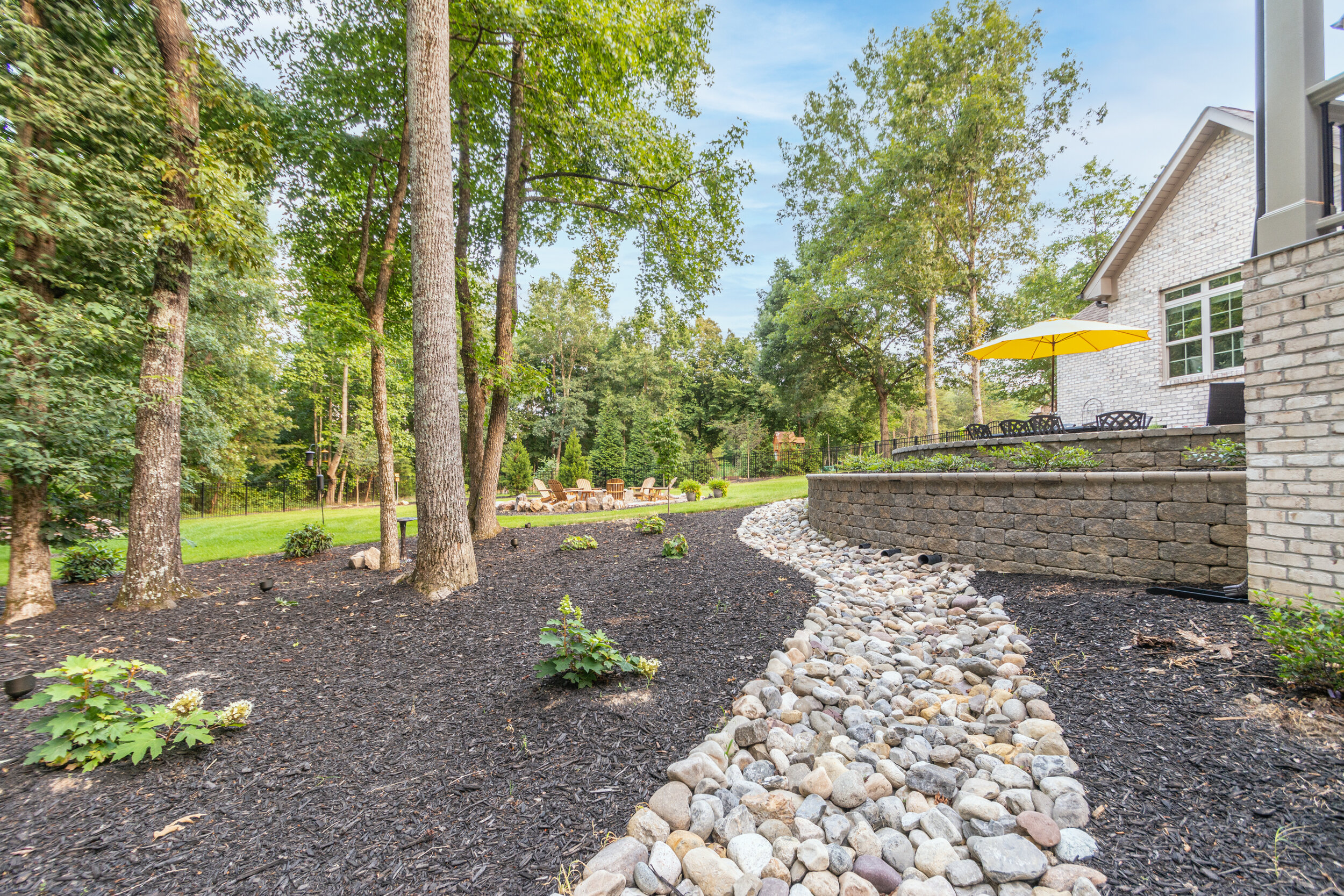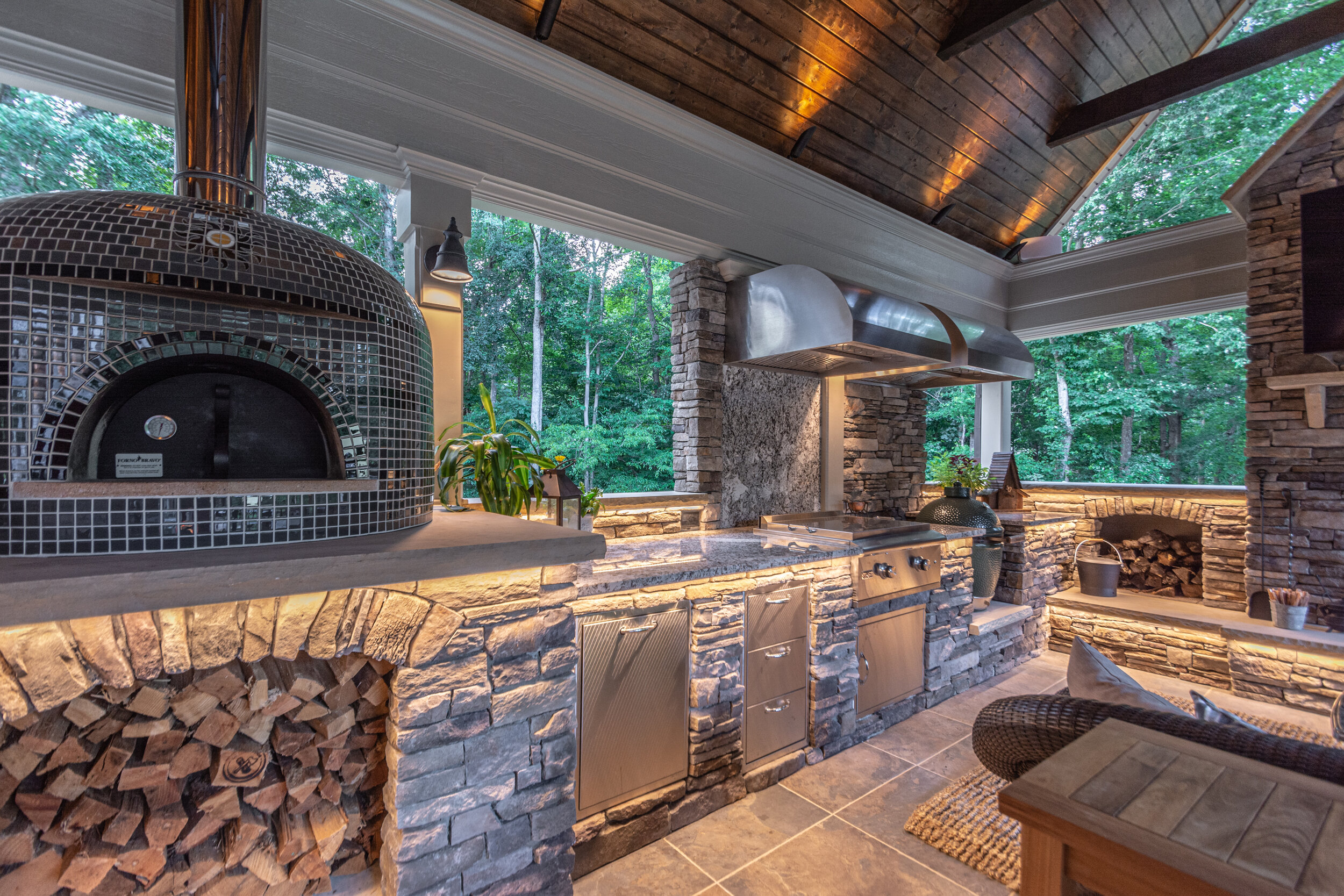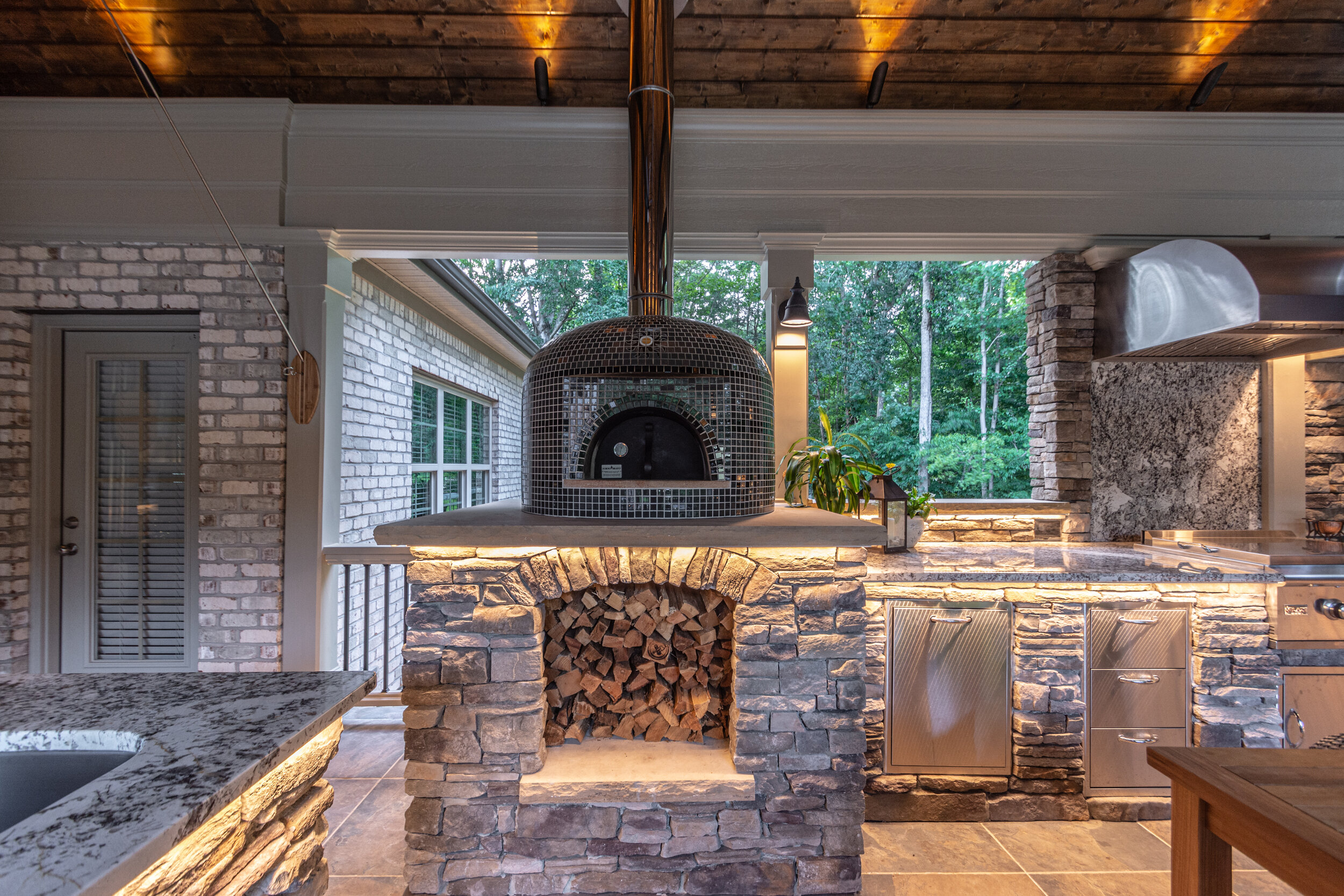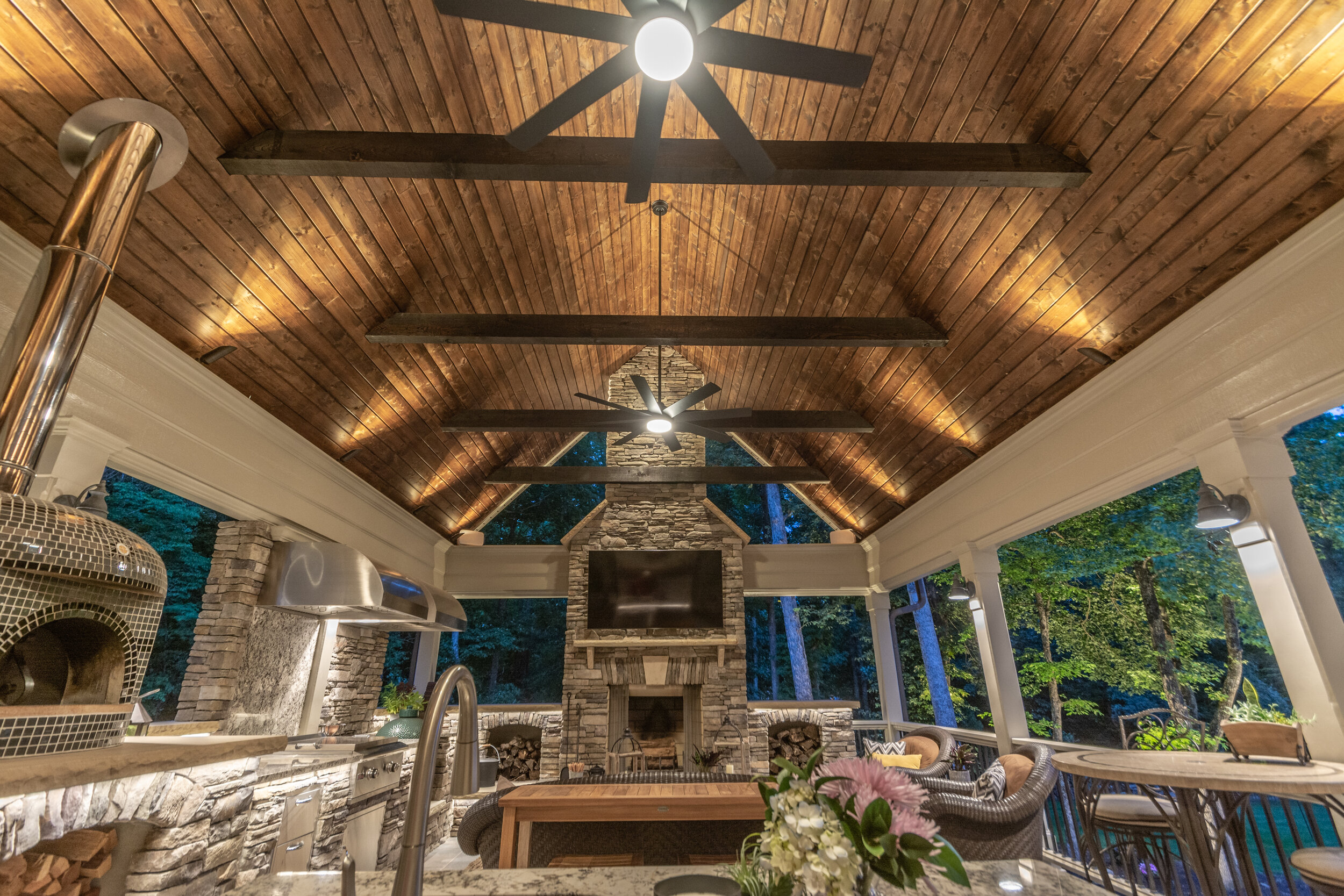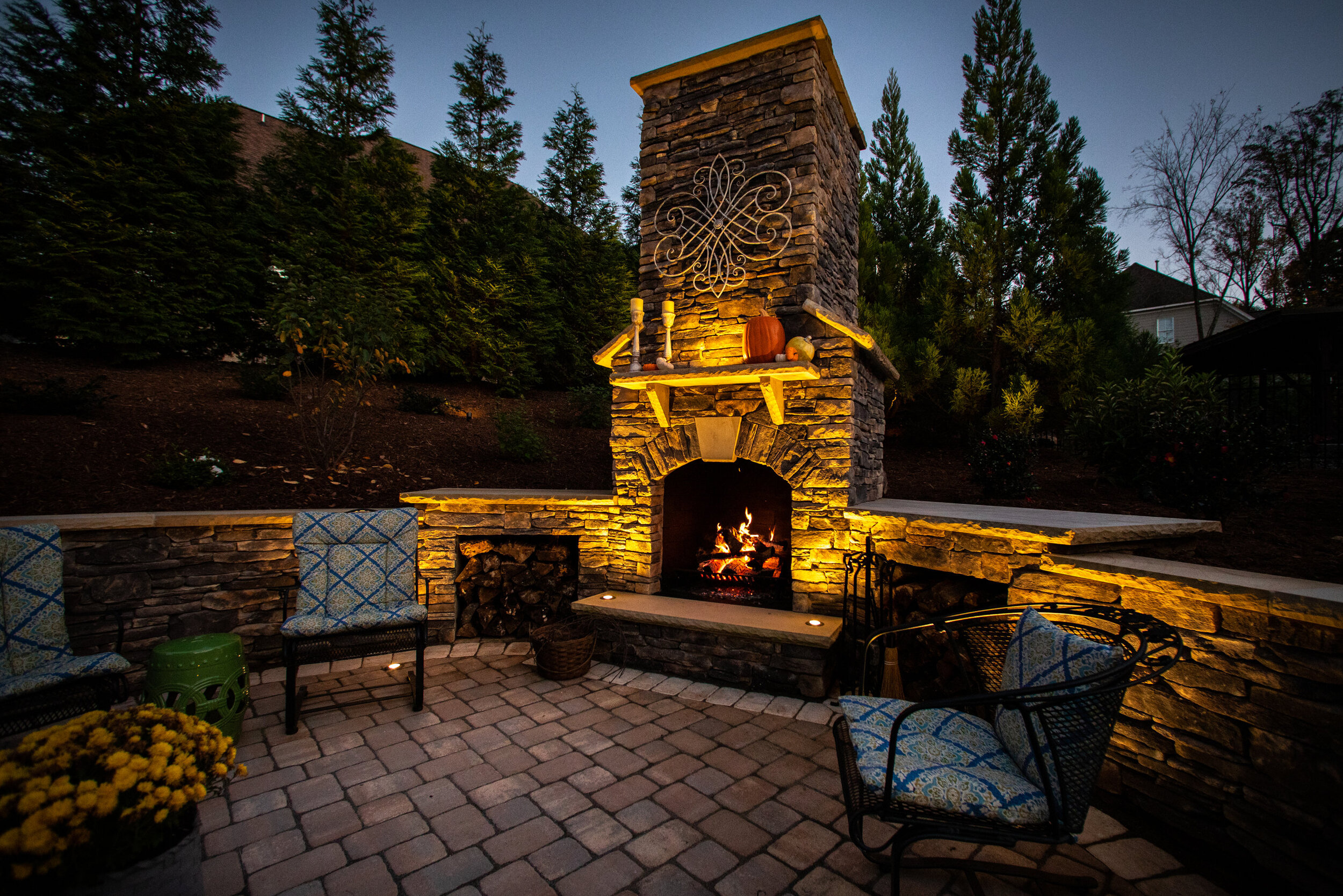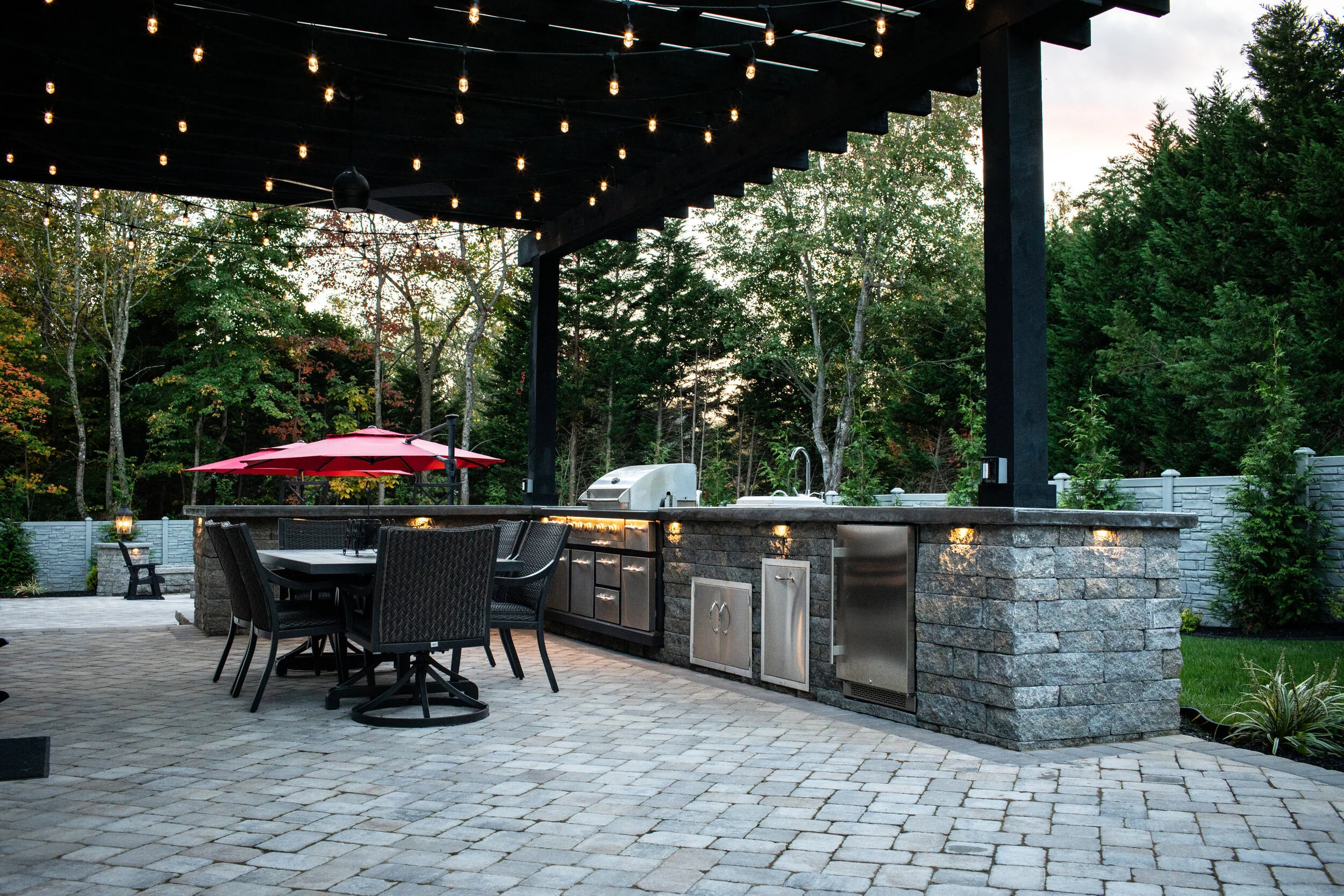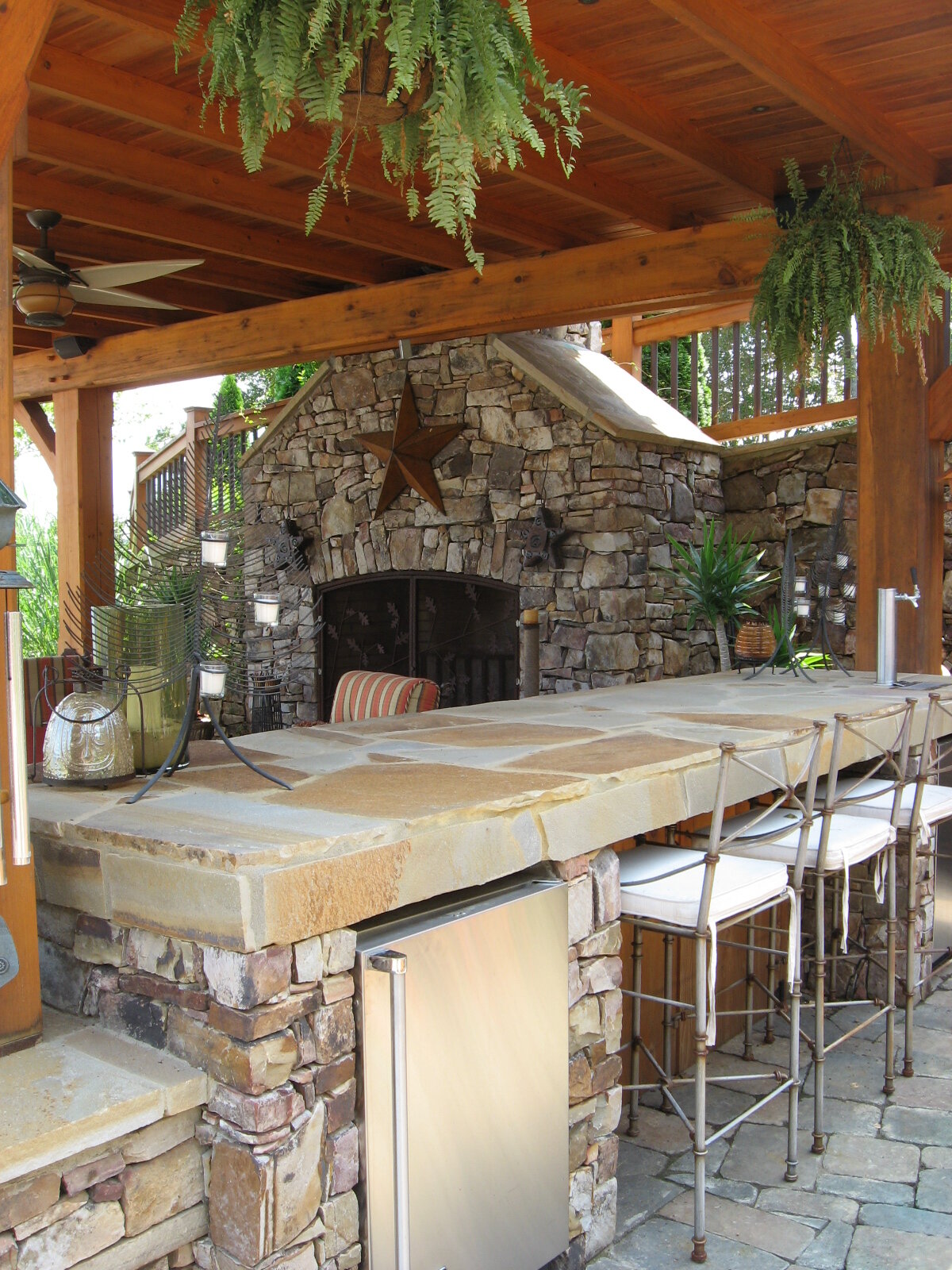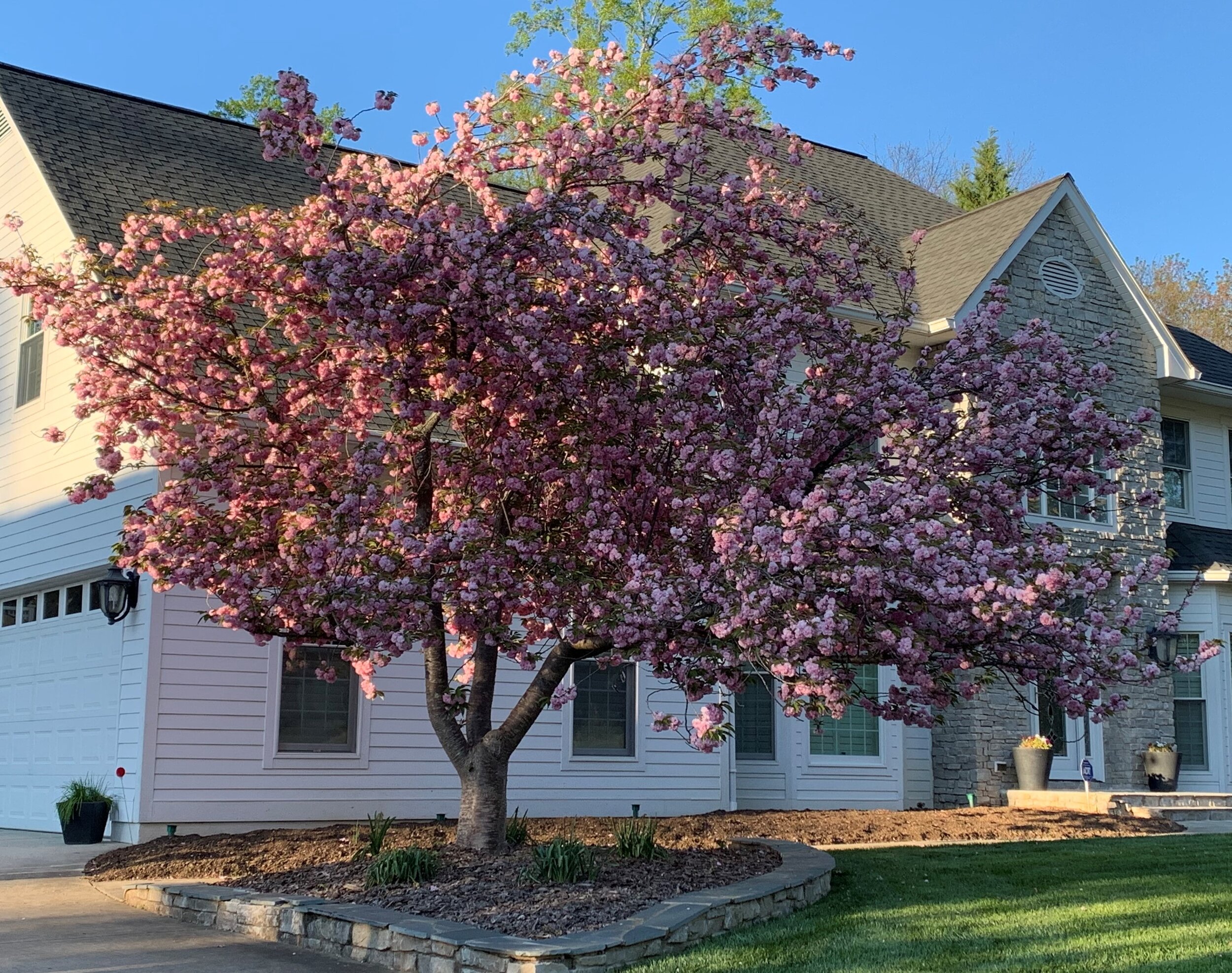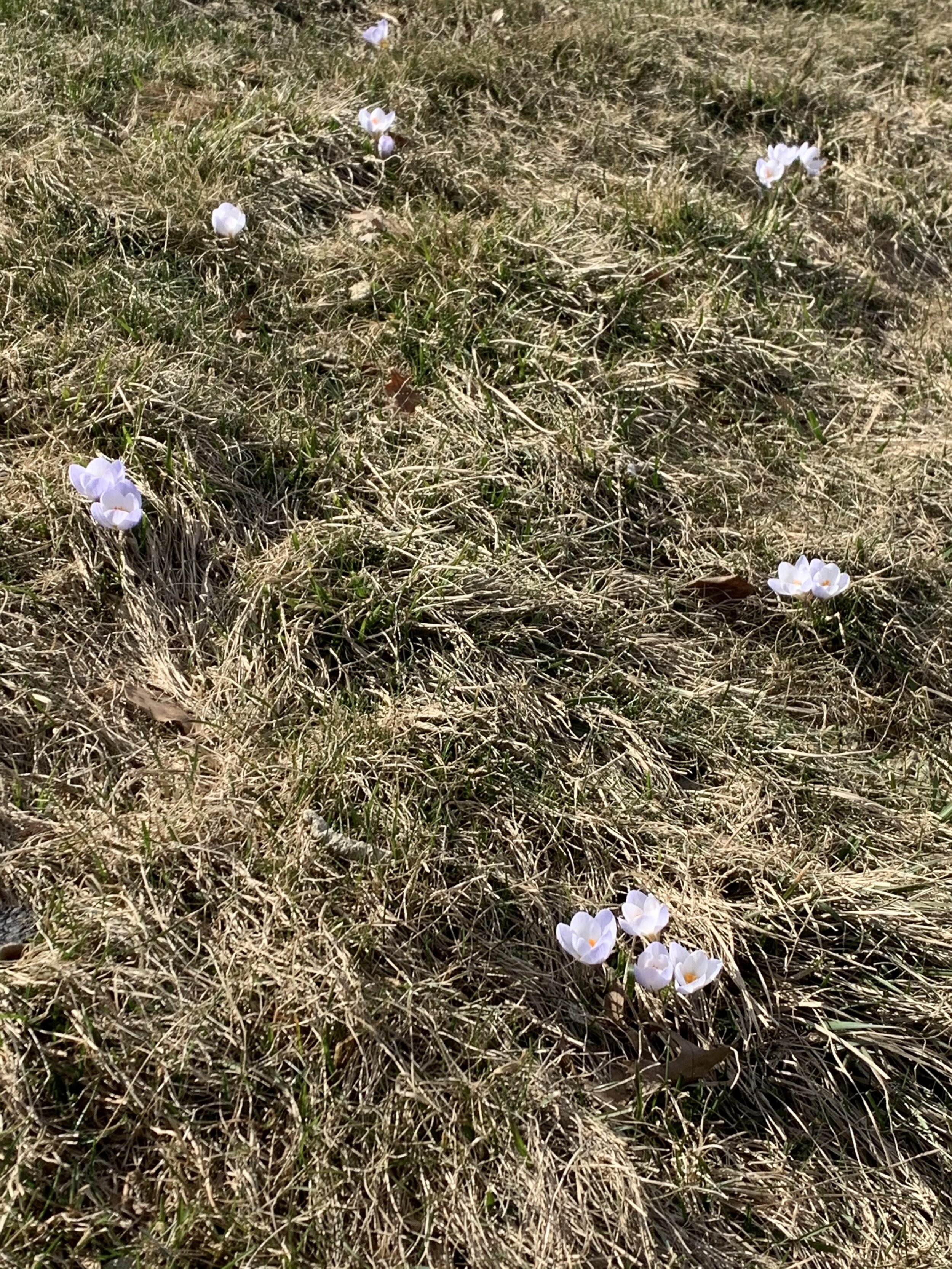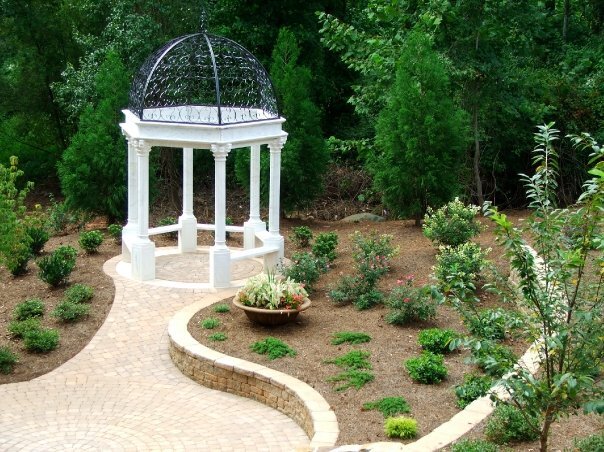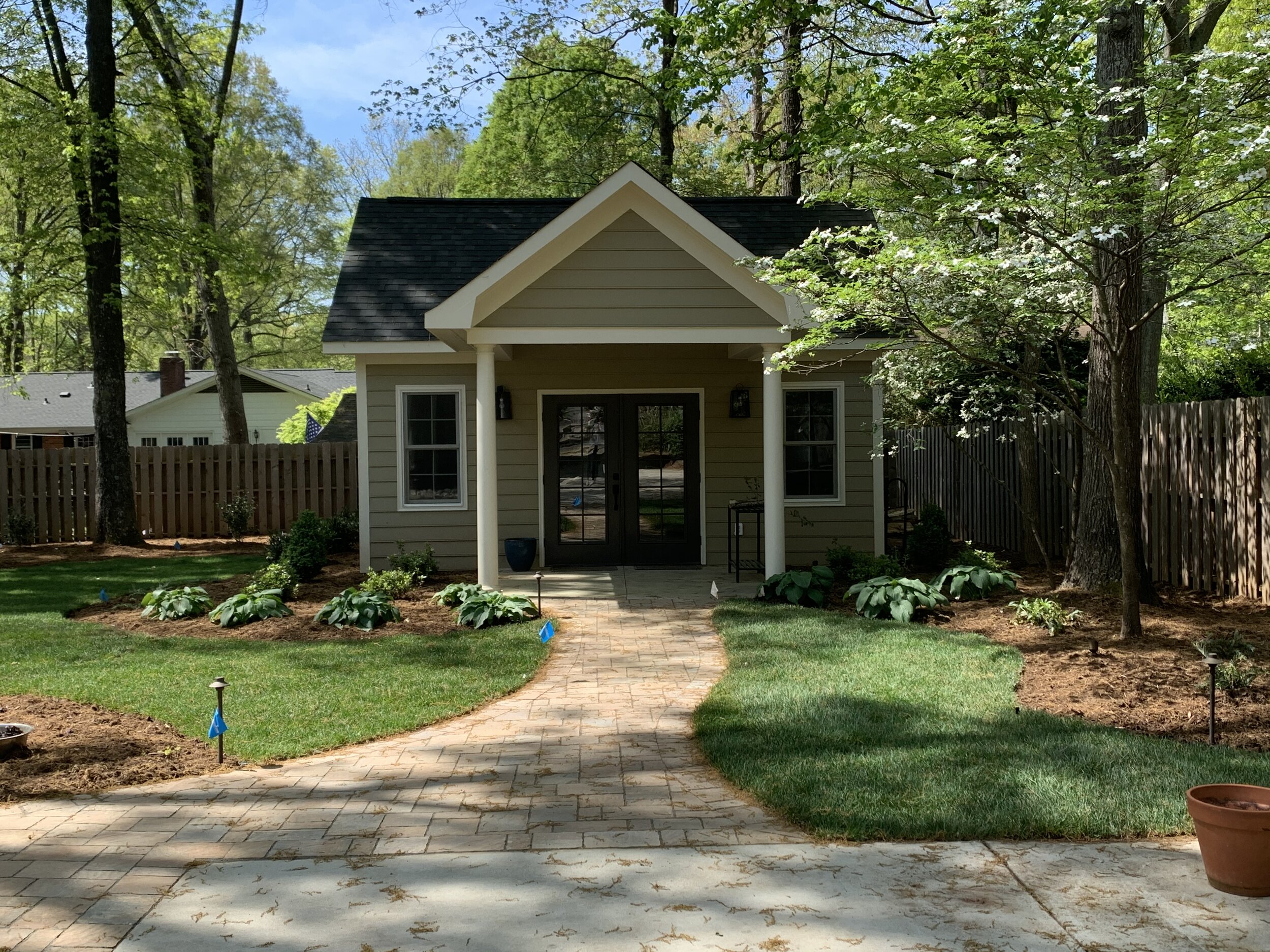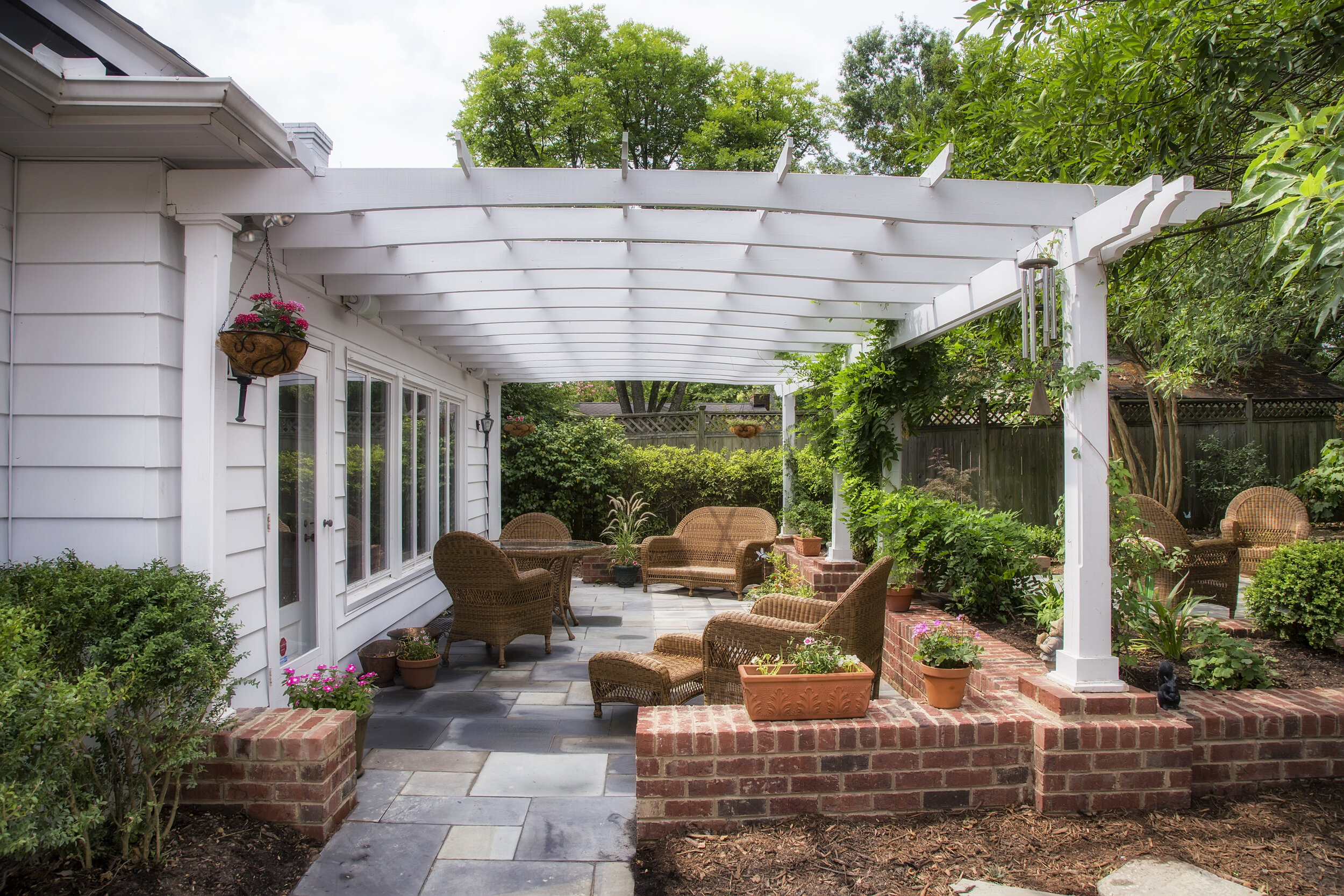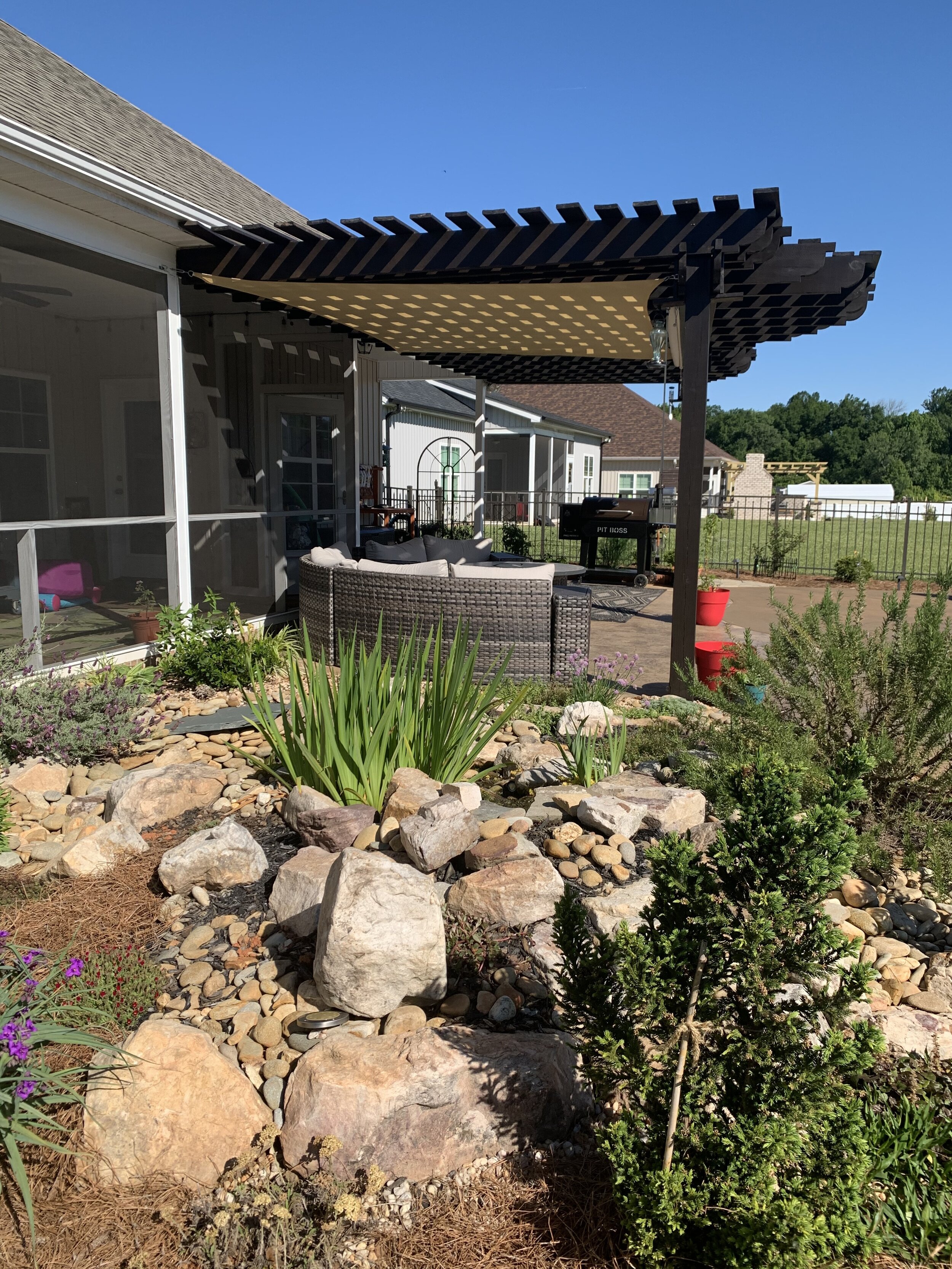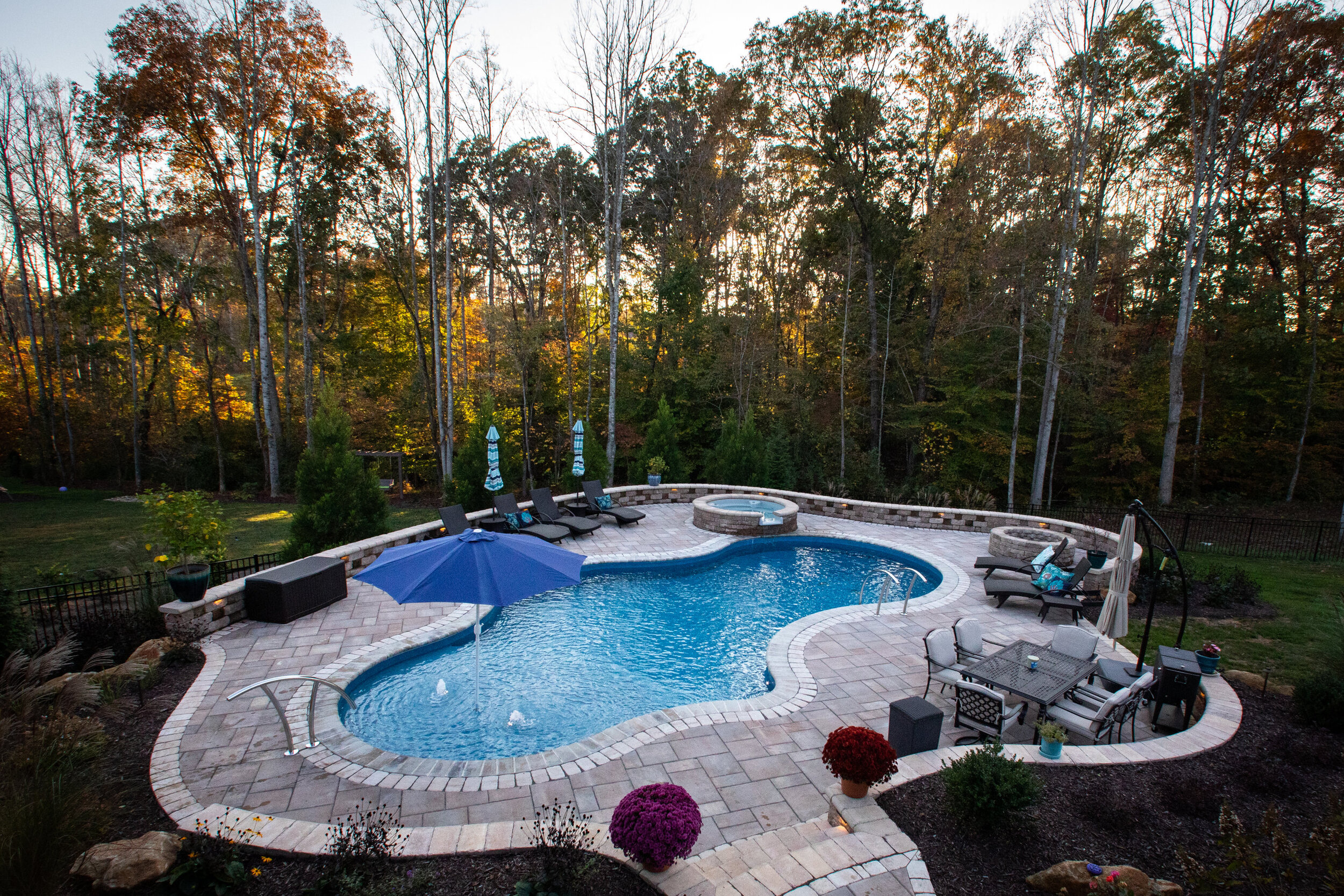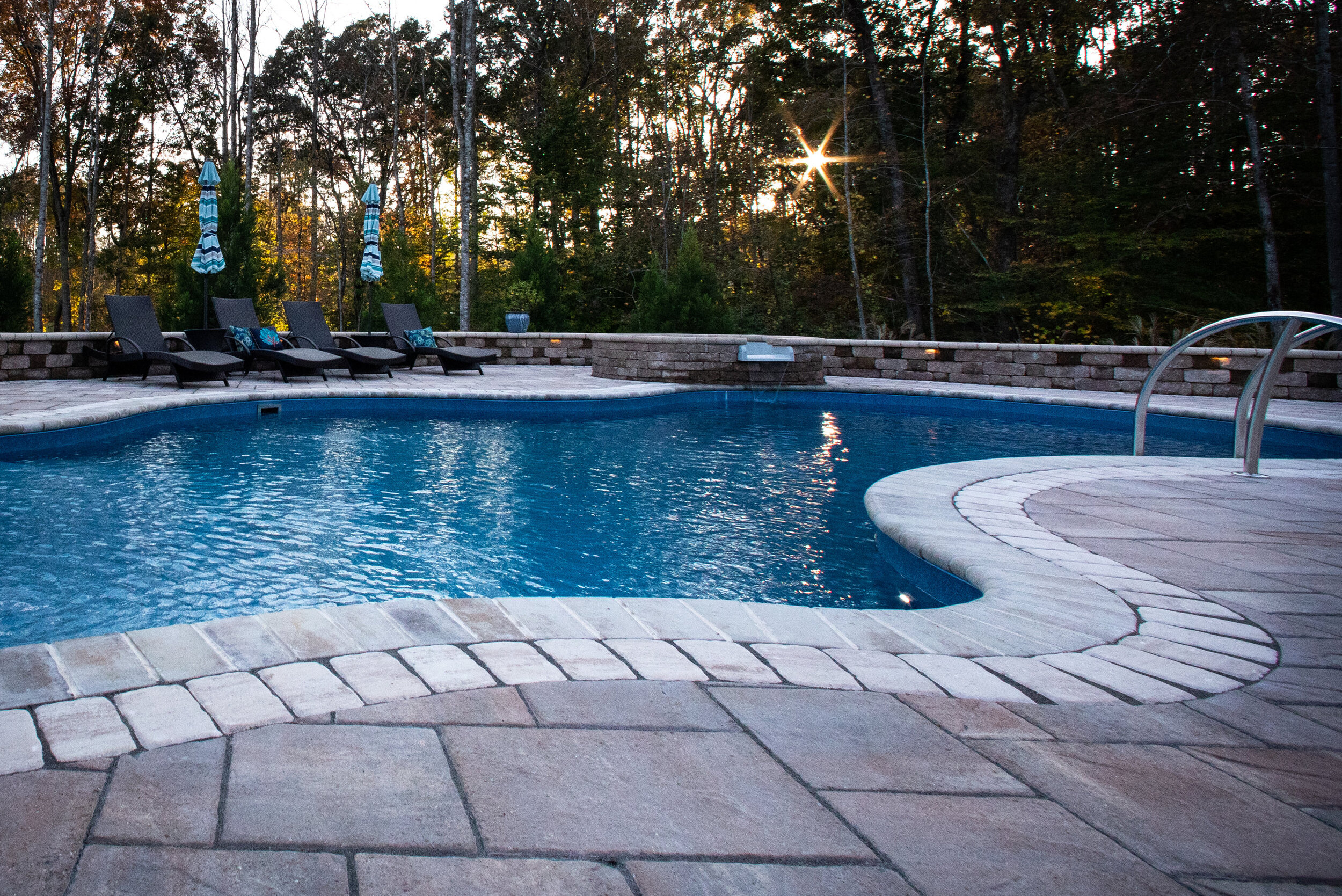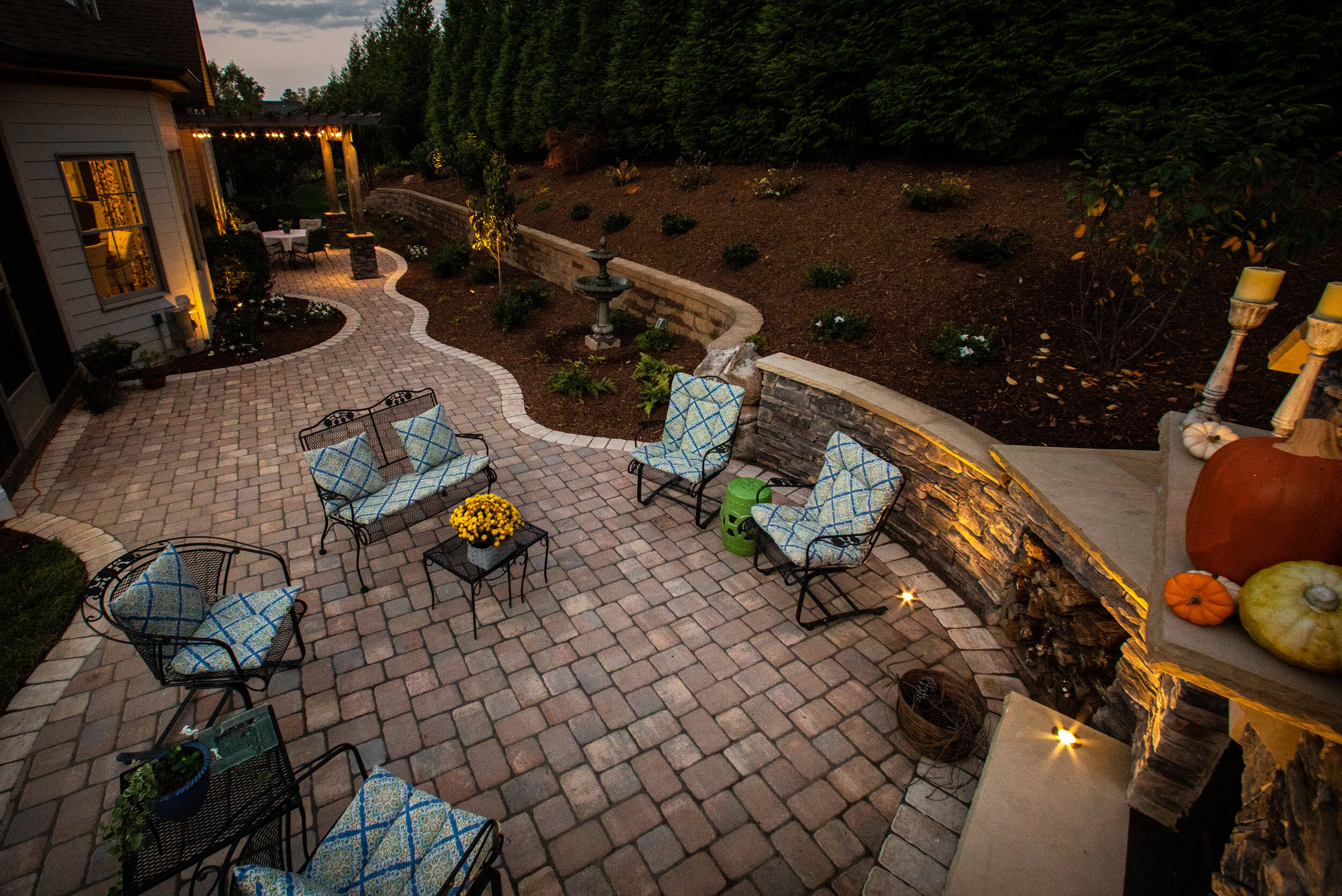Modern landscape design stands at the crossroads of visual artistry and practicality; it transforms outdoor space into contemporary living. Outdoor design requires a dynamic balance of aesthetics and functionality to craft areas that are visually stunning and purposeful.
Guest post by https: Q&A Landscaping. Q&A completes high-end outdoor projects in Pittsburgh.
Visual & Minimalist Hardscaping
Today’s buildings & outdoor scaping are characterized by clean lines, minimalism, and simplicity. Modern landscape architecture specifically is not just patios and porches. They are statements; blending nature and architecture to invoke tranquility, complexity.
To achieve elements that are striking, designs are often minimalist. And although this may be a bit oversaturated of a trend, it is the embodiment of modern. Bold contrasts and dynamic color coordination are required to truly look like an extension of the home. The single or sometimes double borders around the perimeter of the patio or house trim are great places to work in contrasting colors and clean lines.
In this modern house, the advanced layout, shapes, and contrast all contribute to its modern look. White outer walls and columns complemented by dark roofing and framing blend to invoke minimalism, elegance, and prestige. The tertiary amber color provides splashes of subtlety; the color only revealing itself upon a longer gaze.
One of the next wave of modern trends is going to be patios with different shapes and colors on a more complex level. The usage of diamond and hexagons has been a growing option for people looking for a custom feel.
Functionality: The Key to Residential Landscape Design
Appearance isn’t everything, although some might have you think that. A true landscape designer will always ensure functionality is of equal importance. Anyone can put up a table and chairs outside and call it a patio. But professional designers know how to layout the space for optimal usage. It is important to consider the uses of the patio space and how to best integrate the surrounding landscape.
Many well-done outdoor living spaces include a built-in firepit or fire feature of some type. A fire feature is arguably the best and certainly the first add on for any patio project. This also extends the months in which you can use the space and gives it better purpose. Square and rectangular fire features tend to pair better with the similar shaped (more modern) patios.
Other Modern Accessories
Though a little more costly to operate upfront, gas fire tables are a sharp feature. Various lighting features can also immensely improve a property’s feel at night and showcase some of the clean modern lines. Lighting proves incredibly functional as well allowing improved access around the property. Upward angled lighting on the corners of the house and simple fixtures along the beds and paths go a long way to showcasing your style at night.
So, in modern hardscaping, style meets function. It's about sleek designs, functional layouts, and transforming outdoor spaces into contemporary statements. Designs moving forward will continue to balance form and function for timeless modern living.
